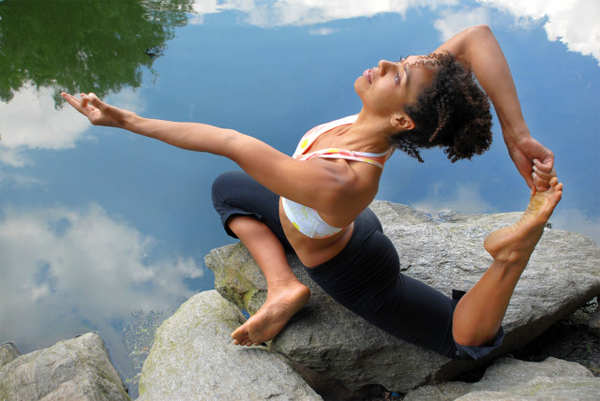
There are alot of tricks you can learn to become fitter and healthier, not tired and worn down. The first trick in making it easier for your body to adapt to the stress of exercise is to prepare it properly before an exercise session.
This first part of an exercise session is called the preparation phase, where you “get your body ready” for work. The other phases are conditioning (getting the work done) and recovery (getting back to normal).
Prepare your body for stress
Preparing yourself includes more than just the traditional “warm up” (wave your arms around a few times) and the “quick calf stretch” (runners trying to push over trees). Quality preparation will make it easier for you to get the work done, without injuries.
In the old days, it was traditional to start any exercise session with a stretching routine, which sometimes went on for over 20 minutes. Sporting teams, martial arts groups, runners and others start a training session with deep and extended stretching, without any form of warm up. Remember, stretching a cold muscle will not increase its flexibility, and may lead to injuries.
Stretching has a place, but not first up in an exercise session. Don’t do this kind of stretching until after an exercise session, when the muscles are relaxed, warm, and already longer than normal. Never stretch muscles until they are warmed up, never stretch out in the cold, and never start an exercise session with stretching.
The tissue inside muscles is like plasticine. At normal air temperatures is hard and inflexible. Pull it, and it will break instead of stretching. In order to use it, you have to move it and warm it. Once it is warm, you can stretch it easily, without breaking. Your muscles are similar. If you gradually warm them up and keep them warm, they will be more flexible, and they won’t tear.
Warm up exercises and their benefits
The first stage of the preparation phase should be designed to gradually and gently increase the temperature inside the working muscles. Use a gentle low-intensity activity, and take the joints through a good range of movement.
This works best if you keep the larger leg muscles of the body involved. Slow pedalling against a small resistance on an exercise bike, walking at a normal pace, or simple range of motion exercises in an aerobics class are all good first stage warm ups. Jogger trampolines work well if you only have a confined space.
In a cold climate, you need about five minutes of warming up. The walk from the car-park, and climbing three flights of stairs to get to the gym, is enough first stage warm up for me in the mornings. Keep your tracksuit on for this part of the preparation phase.
You can do some light, easy stretches after your first stage warm up. The purpose of these stretches is to get in touch with your body before you ask it to absorb the stresses of exercise, and to lightly extend your joints and muscles. They are not designed to increase flexibility, so don’t push the stretch.
If you do stop and stretch, you will need to warm up your body again (a second stage warm up). You will also notice some other changes in your body towards the end of the preparation phase. Your rate of breathing will increase, to get more oxygen into your lungs and bloodstream, and to get the waste product of carbon dioxide out of your body.
Your heartbeat will increase slightly, to speed up the delivery of blood, carrying oxygen and fuel to your muscles. If you have warmed up your body correctly, you will start to sweat as your body switches on the mechanisms for maintaining the slightly higher ideal exercise body temperature.
Keep your warm up exercises within your fitness capabilities. You shouldn’t get fatigued while preparing for exercise: no tiring muscles, no shortness of breath, and no big increases in heart rate.
Don’t think that you can warm up your muscles by rubbing on superficial heat lotions or ointments. These don’t do the job as they have no effect on the temperature inside your muscles, and won’t increase your breathing or heart rate.
Conclusion
Remember that exercise can be hard on your body. Make it easier on yourself by investing a little of your exercise session time in preparing your body. You’ll find your exercise sessions will be easier, you’ll be less likely to get sore, tired, or injured in the days afterwards, and you’ll get fitter more quickly.
Author Bio: Peter is a sportswriter at LifeTips.Top, and he’s especially interested in sharing fitness tips and advice.
Photo Credit: Shutterstock.com
